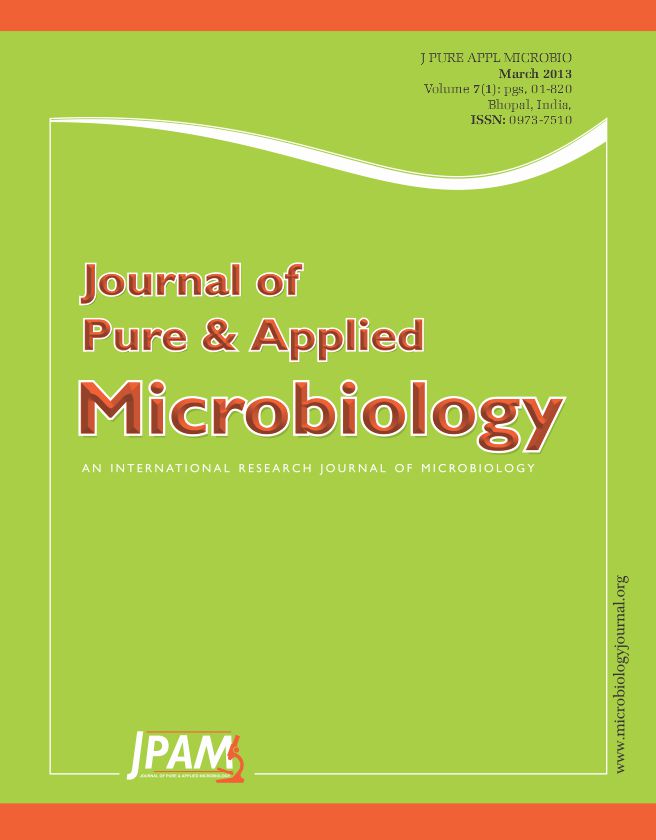A mycological survey of 60 samples includes three cereal grains (wheat, rice and barley) were collected from different markets located in Riyadh region (Kingdom of Saudi Arabia). The frequencies of isolation for fungi belonging to four genera Aspergillus, Fusarium, Penicillium and Alternaria were calculated. The major genera of fungi isolated according to frequency were Aspergillus (27.9%), Fusarium (24.7%), Penicillium (8.1%) and Alternaria (3.88%) in wheat, rice and barley. Analysis of variance showed that the main effect of fungi (p=0.0001) was highly significant source of variation in this interaction. Cereal grains samples were plated on agar media and the fungi that grew were identified by cultural and morphological characteristics to genus level. Four species of Aspergillus (A. flavus, A. parasiticus, A. ochraceus and A. niger); four species of Fusarium (F. verticillioides, F. oxysporum, F. solani and F. semitectum); three species of Penicillium (P. chrysogenum, P. citrinum and P. notam) and two species of Alternaria (A. alternata, A. chlamydospora) were isolated from the grains. Cluster analysis divided the fungi genera into two distinc groups (wheat and barley) and three groups (rice). In all cluster analysis cases Aspergillus spp. and Fusarium spp. were associated positively because found in one group.
Wheat, Rice, Barley, Seed-borne fungi
© The Author(s) 2014. Open Access. This article is distributed under the terms of the Creative Commons Attribution 4.0 International License which permits unrestricted use, sharing, distribution, and reproduction in any medium, provided you give appropriate credit to the original author(s) and the source, provide a link to the Creative Commons license, and indicate if changes were made.


